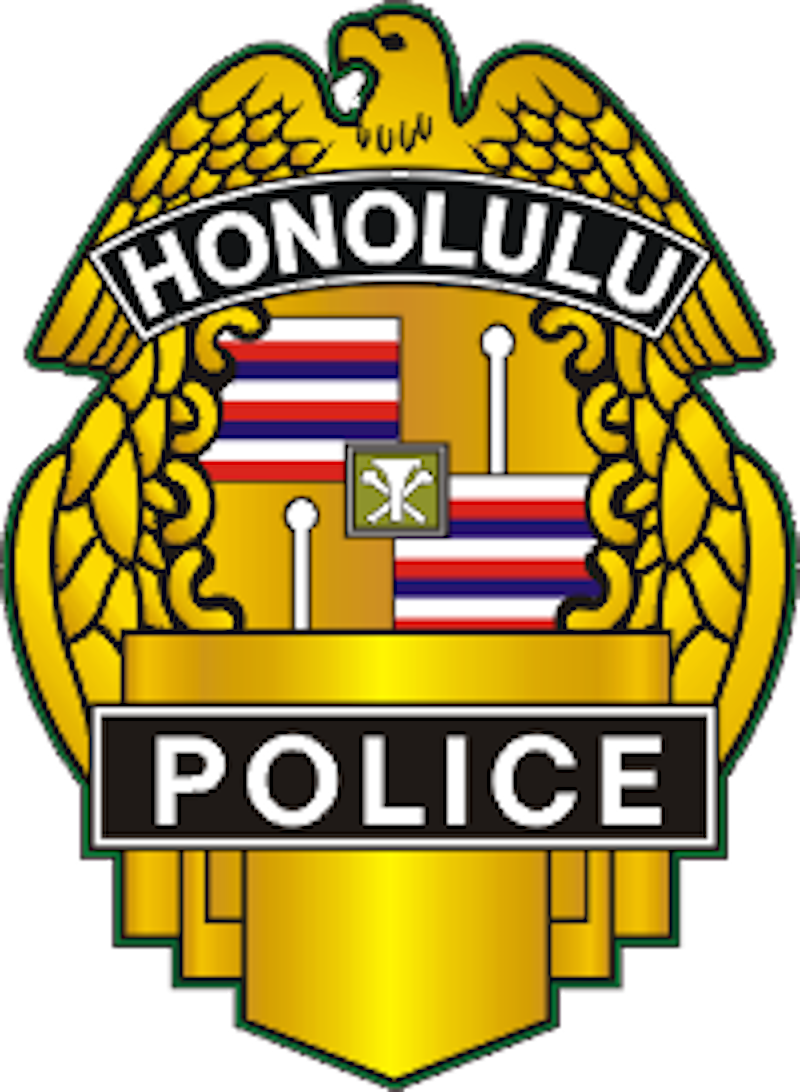I. The Rapid Deployment Force (RDF) conducts
operations that require a skillful response to
specific incidents, such as public demonstrations
and/or other events involving large or disorderly
crowds. The RDF response can range from having a
physical presence to the application of force.
II. RDF incidents are unique in that an effective
response cannot be entirely addressed by specific
procedures. Concepts in this directive are not meant
to limit conventional police tactics that are appropriate
for certain crisis situations.
DEFINITIONS
Crime Reduction Unit (CRU): A patrol unit
that performs selective enforcement assignments
relating to investigations of community problems and crimes.
RDF: A group of CRU and patrol officers who are
trained to respond as described in this directive.
RDF commander: A district patrol commander
designated by the Chief of Police or designee.
RDF platoon: Consists of one lieutenant and four RDF squads.
RDF squad: Consists of one sergeant and twelve
officers from a patrol district. RDF squads may
be modified depending on the incident.
DEPLOYMENT
The deployment of multiple RDFs for planned events
should be done by the RDF commander with the
approval of the deputy chief of field operations.
In circumstances other than planned events, the
field lieutenant shall notify his or her patrol
district commander to determine the need to
activate the district’s RDF.
DUTIES
Operationally, the RDF commander shall support the incident commander.
A. When called upon, the RDF shall provide
support to all elements of the department for the following incidents:
1. Active threat incidents;
2. Acts of terrorism;
3. Crowd control situations and/or mass arrests;
4. Incidents requiring deployment of less lethal chemical agents;
5. Downed officer rescues;
6. Natural and/or man made disasters;
7. Planned, large scale events;
8. Riots;
9. Evacuation assistance and/or response to
any potential or actual disaster with various options; and
10. Other situations that require an RDF response.
B. The RDF shall:
1. Utilize the incident command and unified command systems;
2. Be familiar with crowd control tactics
for civil disturbances and be prepared to:
a. Apprehend multiple offenders;
b. Isolate areas of civil disorder;
c. Deploy and operate in an environment
where less lethal chemical agents may be present;
d. Wear and operate personal protective equipment; and
e. Control and/or disperse crowds;
3. Possess general knowledge for handling
chemical, biological, radiological, and nuclear incidents;
4. Be prepared to respond as a force
multiplier to suppress acts of violence or
potential violence, such as civil disturbances,
riots, and active threat incidents; and
5. Respond to natural disasters or any other incidents as directed.
RESPONSIBILITIES
A. The district commander shall designate:
1. CRU and patrol officers to form the district’s RDF squad; and
2. A sergeant from the district’s CRU to
command the RDF squad for the district.
B. The RDF commander shall:
1. Select a lieutenant from the Central
Patrol Bureau and another from the Regional
Patrol Bureau. These lieutenants will be the RDF platoon leaders;
2. Be responsible for the mobilization of
multiple RDFs and determine the level of response and staffing;
3. Establish a training program to ensure
the operational readiness of the RDF. The RDF
training program shall be submitted to the
Training Division in accordance with Policy 3.35, TRAINING COORDINATION;
4. Establish and maintain the RDF inventory
of weapons, equipment, and other special gear;
5. Respond when multiple RDF squads are deployed; and
6. Establish and maintain written, operational
procedures for the RDF. Each patrol district shall
include RDF procedures in its manuals of operations.
C. The district commander and RDF commander
shall ensure that patrol officers designated as
RDF officers successfully complete all required
training. The patrol assistant chief(s) shall be
notified when officers do not complete all RDF training.
D. RDF training and deployment for planned
events involving multiple patrol districts shall
be routed through the deputy chief of field operations,
the patrol assistant chiefs, and applicable district commanders.
